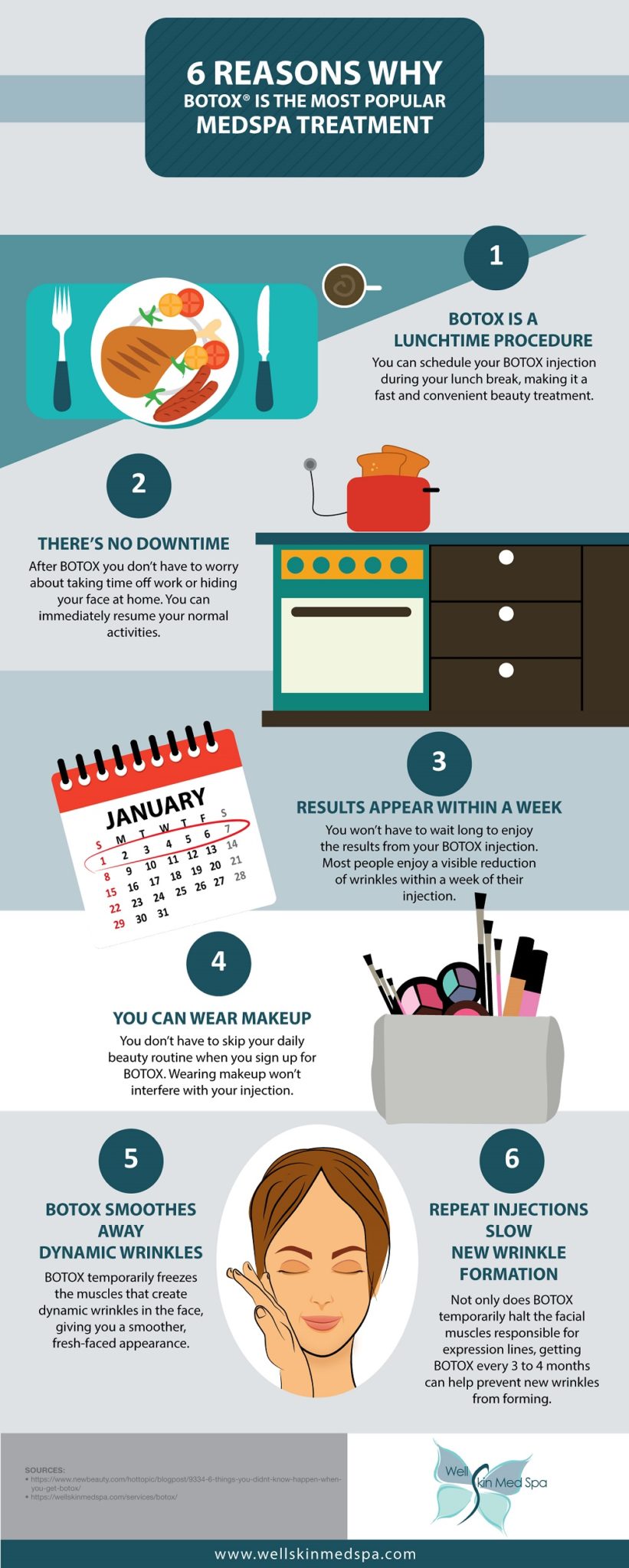What Are The Differences And Resemblances Between SMILE Eye Surgical Treatment And LASIK And PRK?
What Are The Differences And Resemblances Between SMILE Eye Surgical Treatment And LASIK And PRK?
Blog Article
Material Author-Weber Waller
If you have actually been thinking about SMILE eye surgical treatment, you might wonder exactly how it compares to LASIK and PRK. Each treatment has its own collection of advantages and factors to consider. From quicker healing times to possible risks, there are crucial differences you need to recognize before making a decision. Understanding have a peek at this web-site will help you make an enlightened selection that straightens with your certain demands and expectations. Interested to understand more regarding how these procedures contrast in detail? Keep checking out to gain a comprehensive understanding of SMILE, LASIK, and PRK.
SMILE Eye Surgical Procedure Introduction
If you're thinking about SMILE eye surgical procedure, you'll locate it to be a minimally intrusive treatment with a quick healing time. Throughout SMILE (Little Laceration Lenticule Extraction), a laser is utilized to produce a tiny, accurate incision in the cornea to eliminate a tiny piece of tissue, reshaping it to fix your vision. This varies from LASIK, where a flap is developed, and PRK, where the outer layer of the cornea is completely eliminated.
One of the key benefits of SMILE is its minimally intrusive nature, resulting in a faster healing procedure and much less discomfort post-surgery. The recovery time for SMILE is reasonably quick, with lots of clients experiencing boosted vision within a day or more. This makes it a prominent choice for those seeking a practical and effective vision improvement procedure. Additionally, SMILE has been revealed to have a reduced risk of completely dry eye syndrome compared to LASIK, making it a beneficial option for individuals worried concerning this prospective adverse effects.
Differences Between SMILE, LASIK, and PRK
When comparing SMILE, LASIK, and PRK eye surgeries, it is essential to recognize the distinctive strategies made use of in each procedure for vision improvement.
SMILE (Tiny Laceration Lenticule Extraction) is a minimally intrusive procedure that entails producing a tiny laceration to draw out a lenticule from the cornea, reshaping it to fix vision.
LASIK (Laser-Assisted Sitting Keratomileusis) entails developing a thin flap on the cornea, utilizing a laser to improve the underlying tissue, and afterwards rearranging the flap.
PRK (Photorefractive Keratectomy) gets rid of the external layer of the cornea before reshaping the tissue with a laser.
The main difference depends on the method the cornea is accessed and dealt with. stop and chop cataract surgery is flapless, making it an excellent option for individuals with slim corneas or those associated with get in touch with sports. LASIK offers quick aesthetic recovery because of the flap production, however it may present a higher threat of flap-related difficulties. PRK, although having a longer healing period, avoids flap-related concerns completely.
Comprehending these differences is vital in choosing one of the most ideal procedure for your vision correction demands.
Pros and Cons Contrast
To assess the advantages and downsides of SMILE, LASIK, and PRK eye surgical treatments, it's important to consider the particular benefits and potential restrictions of each procedure. SMILE surgical treatment supplies the benefit of a minimally intrusive procedure, with a smaller laceration and possibly quicker recuperation time compared to LASIK and PRK. It also reduces the threat of completely dry eye post-surgery, a common side effect of LASIK. However, SMILE might have constraints in treating higher degrees of nearsightedness or astigmatism contrasted to LASIK.
LASIK surgery supplies fast visual healing and very little discomfort throughout the procedure. It's highly efficient in treating a large range of refractive errors, consisting of nearsightedness, hyperopia, and astigmatism. Yet, LASIK lugs a threat of flap difficulties, which can influence the corneal framework.
PRK eye surgical procedure, while not as popular as LASIK, stays clear of creating a corneal flap, minimizing the risk of flap-related problems. It appropriates for individuals with thin corneas or uneven corneal surface areas. Nevertheless, PRK has a longer recovery time and may entail extra discomfort during the recovery procedure.
Final thought
So, when it comes to picking between SMILE, LASIK, and PRK, think of it like choosing the ideal pair of shoes. SMILE is like a sleek, comfy pair of sneakers - fast and simple.
LASIK is much more like fashionable high heels - flashy and fast, however with some potential dangers.
PRK is like durable hiking boots - trustworthy and resilient, but needing a bit more time and effort.
Ultimately, the very best choice depends upon your private demands and preferences.
